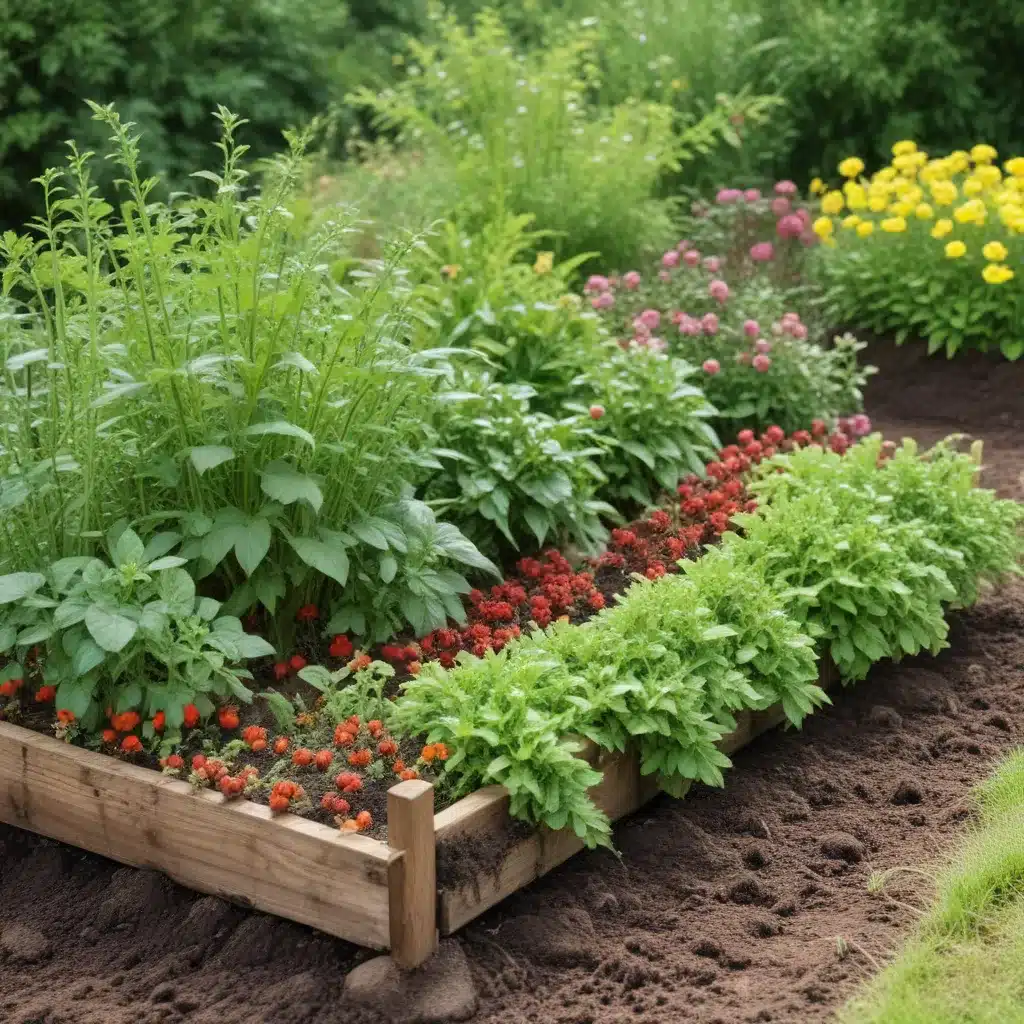
Have you ever experienced the frustration of your vegetable garden or flower beds delivering all their produce at once, only to leave you with a glut of fresh goods that you struggle to use up before they spoil? Succession planting is the solution to keep your Crooked Pines Farm garden thriving and providing a steady stream of bounty throughout the growing season.
Succession planting is the technique of staggering your plantings at regular intervals, rather than sowing all your seeds at once. This approach allows you to extend your harvest window, maximize your limited garden space, and ensure a continuous supply of fresh, seasonal produce for your family and your farm stand customers.
Understanding Succession Planting
Defining Succession Planting
Succession planting is the practice of sowing seeds or transplanting seedlings at regular intervals, rather than all at once. By making multiple, smaller plantings over time, you can have a steady supply of crops ready for harvest instead of everything maturing simultaneously.
Benefits of Succession Planting
The advantages of embracing succession planting on your Crooked Pines Farm are plentiful:
- Extended Harvest Season: Rather than a single, overwhelming flush of produce, you’ll enjoy a prolonged harvest period, with crops ripening in waves over several weeks or months.
- Maximized Garden Space: By staggering your plantings, you can make the most of your available garden real estate, filling gaps as earlier crops are harvested to make room for new ones.
- Reduced Waste: No more seeing your hard work go to waste as you struggle to process, preserve, or give away an entire bumper crop all at once. Succession planting provides a more manageable flow of produce.
- Consistent Supply: Your customers at the farm stand will appreciate the reliable availability of your fresh, seasonal offerings rather than the feast-or-famine cycle.
Timing and Scheduling
The key to successful succession planting lies in paying close attention to the numbers of days to maturity for each crop you grow. This information is typically found on the back of seed packets or in plant catalogs.
To get started, make note of your area’s average last spring frost date and first fall frost date. Then, work backwards from those milestones to determine the optimal planting windows for your various crops. For cool-weather veggies like lettuce, spinach, and broccoli, you may want to start seeds indoors in late winter or early spring, then make additional outdoor plantings every 2-3 weeks. For warm-season crops like tomatoes, peppers, and beans, your succession plan might involve sowing seeds directly in the garden every 3-4 weeks.
Crop Selection for Succession Planting
Cool-Season Crops
Many cool-season vegetables like broccoli, cauliflower, cabbage, kale, spinach, and radishes thrive in the milder spring and fall weather. These crops can often be grown as both early and late-season plantings, with the cooler temperatures of autumn inhibiting bolting and extending their harvest window.
Warm-Season Crops
Not all crops work well for succession planting. Many warm-season vegetables like tomatoes, peppers, cucumbers, and zucchini tend to produce their entire crop over a relatively short window. However, by carefully selecting early, mid, and late-season cultivars, you can still stagger your harvests. For example, planting a mix of cherry, slicing, and paste tomato varieties will give you a longer tomato season.
Crop Rotation
As you plan your succession plantings, keep in mind the principles of crop rotation. Avoid planting the same crop family (e.g., brassicas like broccoli and cabbage) in the same bed repeatedly, as this can deplete soil nutrients and increase the risk of pests and diseases. Alternate between plant families to maintain soil health.
Planting Techniques for Succession Crops
Seedling Preparation
Rather than directly sowing all your seeds at once, start many of your succession crops indoors, under lights or in a greenhouse. This gives the seedlings a head start and allows you to transplant them out into the garden at the optimal time. Crops like lettuce, brassicas, and onions often benefit from this indoor seed-starting approach.
Spacing and Arrangement
When planning your succession plantings, consider the ultimate size and spread of each crop. Leave enough room between plants to allow for proper growth and airflow. You can also employ intercropping techniques, tucking quick-maturing crops like radishes or arugula between slower-growing plants like cabbage or broccoli.
Staggered Sowing
Rather than sowing all your seeds for a given crop at once, divide your seed packet into multiple, smaller plantings spaced 2-4 weeks apart. This staggered approach ensures you’ll have a steady stream of harvestable produce rather than everything coming in at once.
Maximizing Yields Through Succession Planting
Extending the Growing Season
By thoughtfully planning your succession plantings, you can extend the productive life of your Crooked Pines Farm garden. Cool-weather crops like spinach, kale, and Brussels sprouts can often be grown well into the fall, with the aid of row covers or low tunnels to protect them from frost.
Continuous Harvests
Regular succession plantings mean you’ll never have to worry about feast or famine in your garden. Instead, you’ll be able to consistently harvest small amounts of produce at a time, keeping your farmstand and kitchen well-stocked throughout the growing season.
Efficient Use of Garden Space
Succession planting allows you to maximize the productivity of every square foot of your Crooked Pines Farm garden. As earlier crops are harvested, you can quickly replant those beds with new seedlings, ensuring a steady flow of fresh produce without leaving any ground fallow.
Whether you’re growing vegetables for your family or flowers for your farm stand, embracing the principles of succession planting is a surefire way to elevate your Crooked Pines Farm to new levels of abundance and efficiency. With a little planning and strategic sowing, you can extend your harvests, minimize waste, and keep your customers delighted with your farm’s ever-changing bounty. Happy planting!


